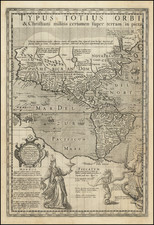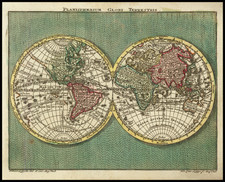This item has been sold, but you can enter your email address to be notified if another example becomes available.
Stock# 100094
Description
One of the First World Maps Printed in the United States
A good example of Jedidiah Morse's map of the World on Mercator's projection, published in Boston.
The map illustrates the state of geographical knowledge of the world following Cook's third voyage, but before the reports of La Perouse and Vancouver.
The River of the West (West R.) is a vestige of the mythical river which traversed North America on maps of from earlier in the 18th Century.
Van Diemen's Land (Tasmania) is still shown attached to New Holland (Australia).
Condition Description
Toned, with minor soiling and offsetting.









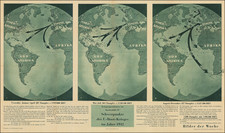
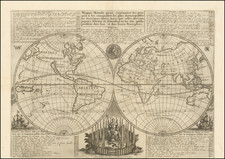
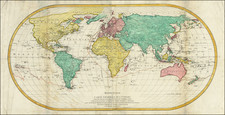
![[Early Fascimile of the Disputed Christopher Columbus Portolan Chart]](https://storage.googleapis.com/raremaps/img/small/66588.jpg)
